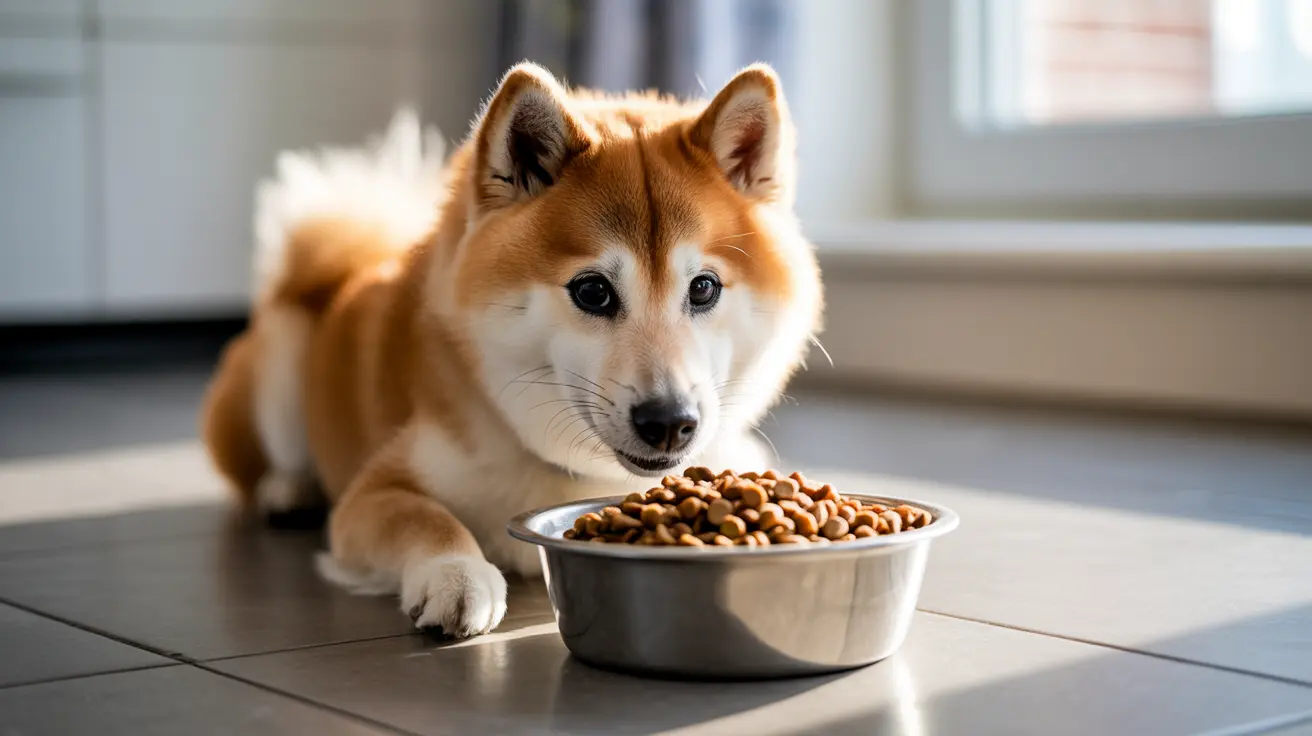Understanding How Dog Food Affects Waste Output
When it comes to managing your dog's waste output, the quality and digestibility of their food play crucial roles. High-quality dry dog food can significantly reduce the amount of waste your pet produces while ensuring they get the nutrients they need.
The secret lies in choosing foods with superior digestibility rates (80% or higher) and minimal fillers. This means more nutrients are absorbed by your dog's body rather than passing through as waste, resulting in smaller, firmer stools and less frequent cleanup for you.
Key Ingredients That Reduce Waste Output
Quality Protein Sources
Premium animal proteins should be the first ingredient in your dog's food. Look for named meat sources like chicken, lamb, or fish rather than generic "meat meals" or by-products. These high-quality proteins are more digestible and result in less waste.
Beneficial Fiber Sources
The right balance of fiber is essential for optimal digestion. Natural sources like pumpkin, sweet potatoes, and beet pulp help regulate bowel movements without causing excess waste. Aim for foods with moderate fiber content (3-5%) from whole food sources.
Top Food Choices for Minimal Waste
Limited Ingredient Diets
Limited ingredient formulas typically produce less waste because they eliminate unnecessary fillers and potential irritants. These foods focus on single-source proteins and simple, digestible carbohydrates.
Premium Digestible Formulas
Look for brands that specifically formulate their foods for optimal digestion. These often include:
- Natural enzymes and probiotics
- High-quality meat proteins
- Minimal grain content
- No artificial preservatives or colors
Transitioning to Better Food
When switching to a new food for less waste, transition gradually over 7-10 days. Mix increasing amounts of the new food with decreasing amounts of the old food to prevent digestive upset.
Monitor your dog's stool quality during the transition. Ideal stools should be firm, well-formed, and dark brown in color. If you notice loose stools or digestive issues, slow down the transition process.
Feeding Tips for Success
Portion Control
Overfeeding can lead to increased waste output, regardless of food quality. Follow feeding guidelines carefully and adjust portions based on your dog's activity level and weight.
Consistent Schedule
Maintain regular feeding times to promote healthy digestion and predictable bathroom habits. Most adult dogs do well with two meals per day, spaced 8-12 hours apart.
Frequently Asked Questions
What are the best dry dog foods to reduce the amount of poop my dog produces?
The best dry dog foods for less poop are those with high-quality proteins, minimal fillers, and digestibility rates above 80%. Look for brands that list real meat as the first ingredient and avoid those with corn, wheat, or soy as primary ingredients.
How do protein quality and digestibility in dog food affect stool size and firmness?
Higher quality proteins are more digestible, meaning your dog's body can use more of the nutrients, resulting in smaller, firmer stools. Lower quality proteins and fillers pass through the digestive system largely unused, creating larger, looser stools.
Can feeding my dog limited ingredient or novel protein dry foods help with excessive pooping?
Yes, limited ingredient diets often reduce stool volume because they eliminate unnecessary ingredients that can cause digestive issues. Novel proteins can be particularly helpful for dogs with food sensitivities that contribute to excessive waste.
How does fiber in dry dog food influence my dog's poop quantity and quality?
The right amount of fiber helps form proper stools and supports regular bowel movements. Too much fiber can increase stool volume, while too little can cause constipation. Look for foods with moderate fiber content from natural sources.
What practical tips can help me switch my dog to a dry food that causes less poop without upsetting their stomach?
Transition gradually over 7-10 days, mixing old and new food in increasing ratios. Start with 25% new food and 75% old food, gradually increasing the new food proportion. Monitor your dog's digestion and adjust the transition pace as needed.
Making the Right Choice
Selecting the best dry dog food for less poop requires attention to ingredient quality, digestibility, and your dog's individual needs. While premium foods may cost more initially, the benefits of improved digestion, less waste, and better overall health make them a worthwhile investment in your pet's wellbeing.






